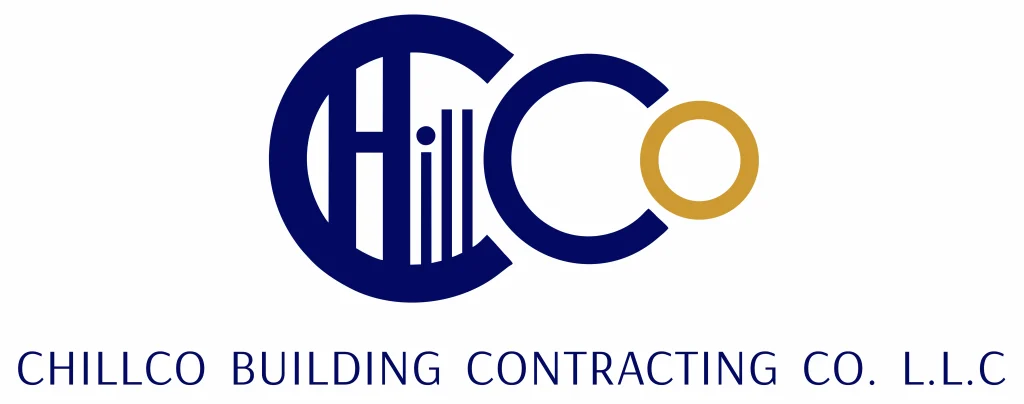Dubai’s construction sector isn’t static. Every few months, there are new policies, mega-projects, and regulatory changes that shift the landscape. If you’re working in contracting, engineering, or site execution, it pays to keep up — opportunities and risks are moving fast.
Here are some of the latest developments in Dubai construction and what they imply for contractors and building firms.
Recent Developments to Know
-
Massive Infrastructure Contracts for Palm Jebel Ali
Nakheel has awarded over AED 750 million in contracts to DBB Contracting LLC for infrastructure works on Palm Jebel Ali. The work includes roads, utility connections, paving, and telecoms. These contracts cover Fronds A to G and the Spine District. Nakheel Corporate+2Gulf Today+2 -
Luxury Villa Projects in Palm Jebel Ali
Alongside the infrastructure, Nakheel is also moving forward with ultra-luxury villa co nstruction. The contracts were awarded for 723 villas (Beach and Coral Collections) across six fronds. These large-scale residential builds add complexity in finishes, designs, and logistics. Nakheel Corporate+1 -
Dubai Municipality’s Increased Field Inspections
In H1 2025, over 25,000 field inspections were carried out across more than 18,800 buildings under construction, covering around 36 million square meters. The compliance rate is high (about 96%), and the number of building completion certificates has increased ~30% compared to H1 2024. Government of Dubai Media Office+2Emirates24|7+2 -
Tender for the Strategic Sewerage Tunnels Project
A huge upcoming project: Dubai is preparing tenders for its Dubai Strategic Sewerage Tunnels (DSST). These include multiple tunnel packages, pump stations, and link tunnels — massive underground work with high technical demands. -
MeedDesign Quarter at d3
Meraas awarded a contract worth around AED 2+ billion to Arabian Construction Company to build the Design Quarter at d3. The project includes 558 residential units across three buildings (one low-rise and two towers), with podium amenities. Completion is set for mid-2027. Mep Middle East
What These Developments Mean for Contractors
From these updates, some clear implications emerge. Here’s what contractors, site engineers, and project leaders should be focusing on:
-
Be Ready for Infrastructure Scale & Mixed-Use Complexity
Projects like Palm Jebel Ali combine infrastructure (roads, utilities, site prep) with residential luxury. Managing finishes, coordinating trades, scheduling utilities and pavement works while maintaining high aesthetic standards — this duality is becoming standard. If you have strengths just in one area, you’ll increasingly need capability in the others (or partner up). -
Compliance & Inspection Readiness Is Crucial
With inspection volume up and high compliance required, small deviations (finish defects, documentation gaps, safety oversights) are less likely to be tolerated. It pays to embed internal QA/QC, keep site records clean, ensure all approvals are tracked, and safety protocols are more than checkbox exercises. -
Technical Excellence in Tunnels & Utilities
Underground infrastructure (like the DSST) demands different skills: geotechnical work, tunnel boring or lining, pump station design & execution, waterproofing, long-term durability. If your firm is bidding for those, bolster your technical teams or alliances to handle complexity. -
Delivery & Time Management with Luxury Expectations
Luxury villa projects and design-led residential schemes often mean high expectations for finishes, amenities, material variety. Delays or finish issues are visible and costly. Project scheduling, supply chain coordination, procurement lead times (especially for bespoke items) are more critical than ever. -
Contract Scope Clarity & Change Management
Larger multi-contract projects (infrastructure + villas + finishing + landscaping) tend to have many interface points. Clear scopes, change order management, responsibilities between contractors/subcontractors will demand robust coordination to avoid overlaps, misalignments, or disputes.
Lessons & Best Practices for Building Firms
From what’s happening in Dubai, here are some concrete suggestions (no pun intended):
-
Scale up internal inspection / QA teams: Don’t wait for external inspections; aim for 100% readiness.
-
Track paperwork tightly: Permits, approvals, plan changes — each must be documented and aligned with what’s happening on site.
-
Invest in skilled trades: Luxury villas won’t wait for generalist finishers. Specialty trades (stone setting, bespoke carpentry, high-end pools) will be in demand.
-
Lean on technology: Scheduling, BIM, shared document platforms, digital QA checklists — these tools reduce risk of miscommunication, delays, and rework.
-
Know when to partner: For massive infrastructure or specialty works, partnering with firms who have proven delivery on similar scale can reduce risk and improve reputation.
Dubai construction is accelerating — in scale, in luxury, in oversight. Projects aren’t just bigger; they’re more complex. Regulatory attention is rising. Client expectations are rising. And so are standards of execution.
For contractors and builders, the message is clear: success will go not just to those who bid big, but to those who execute cleanly, efficiently, and with high standards. The firms that embrace that will be the ones turning recent opportunities into long-term legacies.

